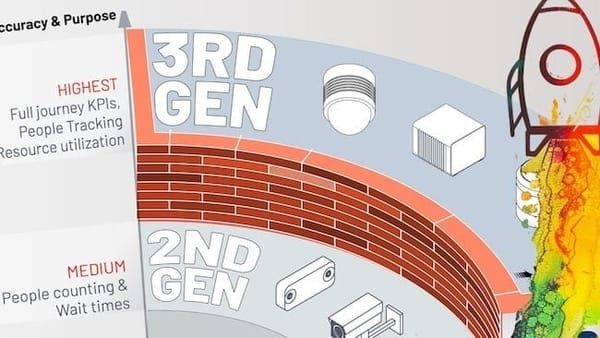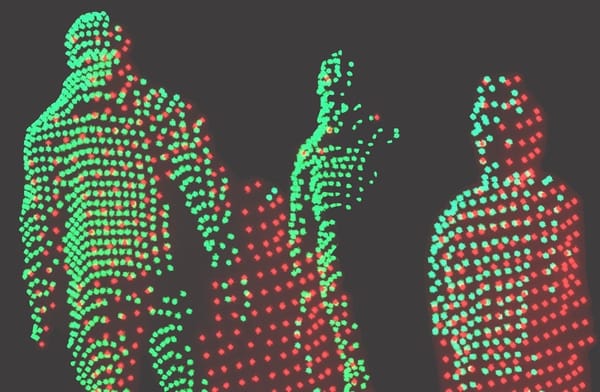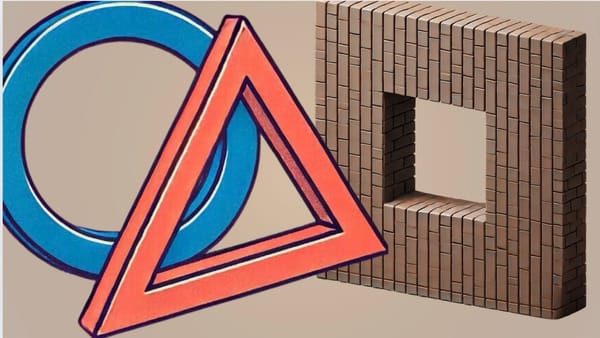
Transforming ITS: LiDAR vs Camera vs Radar
LiDAR, Cameras, and Radar are evolving Intelligent Transportation Systems, with LiDAR leading the way.
As transportation evolves, so too does the technology that propels its advancement.
Intelligent Transportation Systems (ITS) are essential for improving traffic flow, enhancing road safety, and reducing environmental impacts.
Among the technologies employed, LiDAR stands out as the most effective, surpassing the capabilities of other road sensors such as cameras and radar in almost every aspect.
For a more technical comparison between the three:
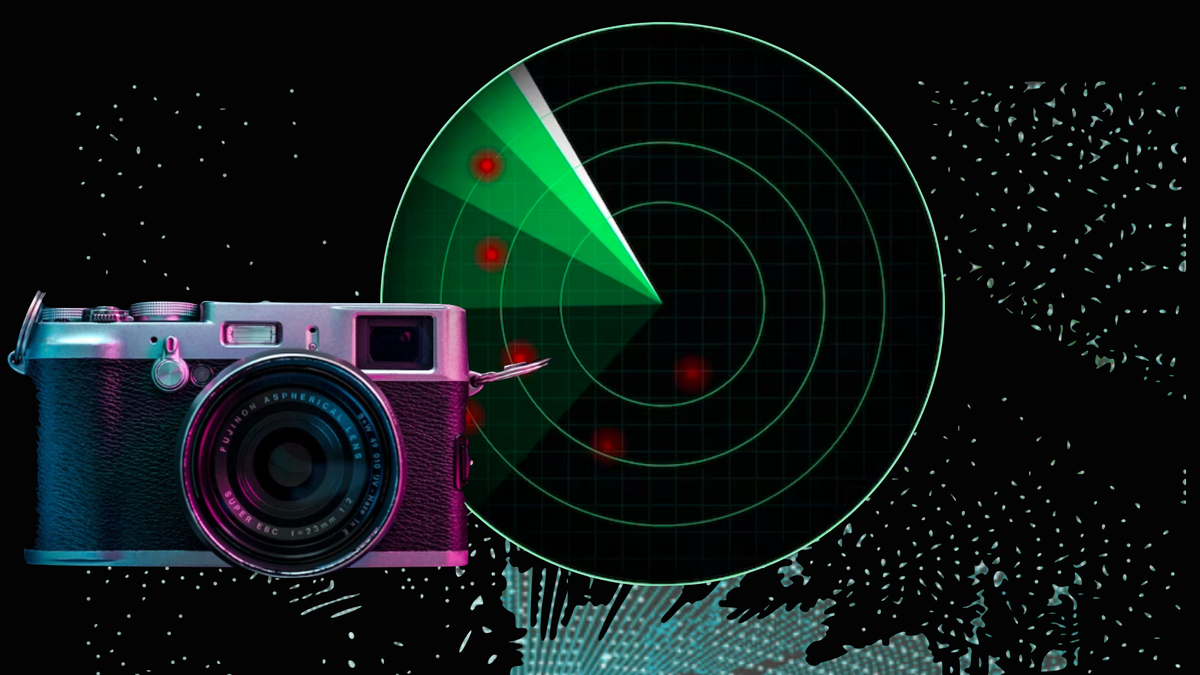
LiDAR, which stands for Light Detection and Ranging, is a remote sensing technology that uses laser beams to measure the distance between objects.
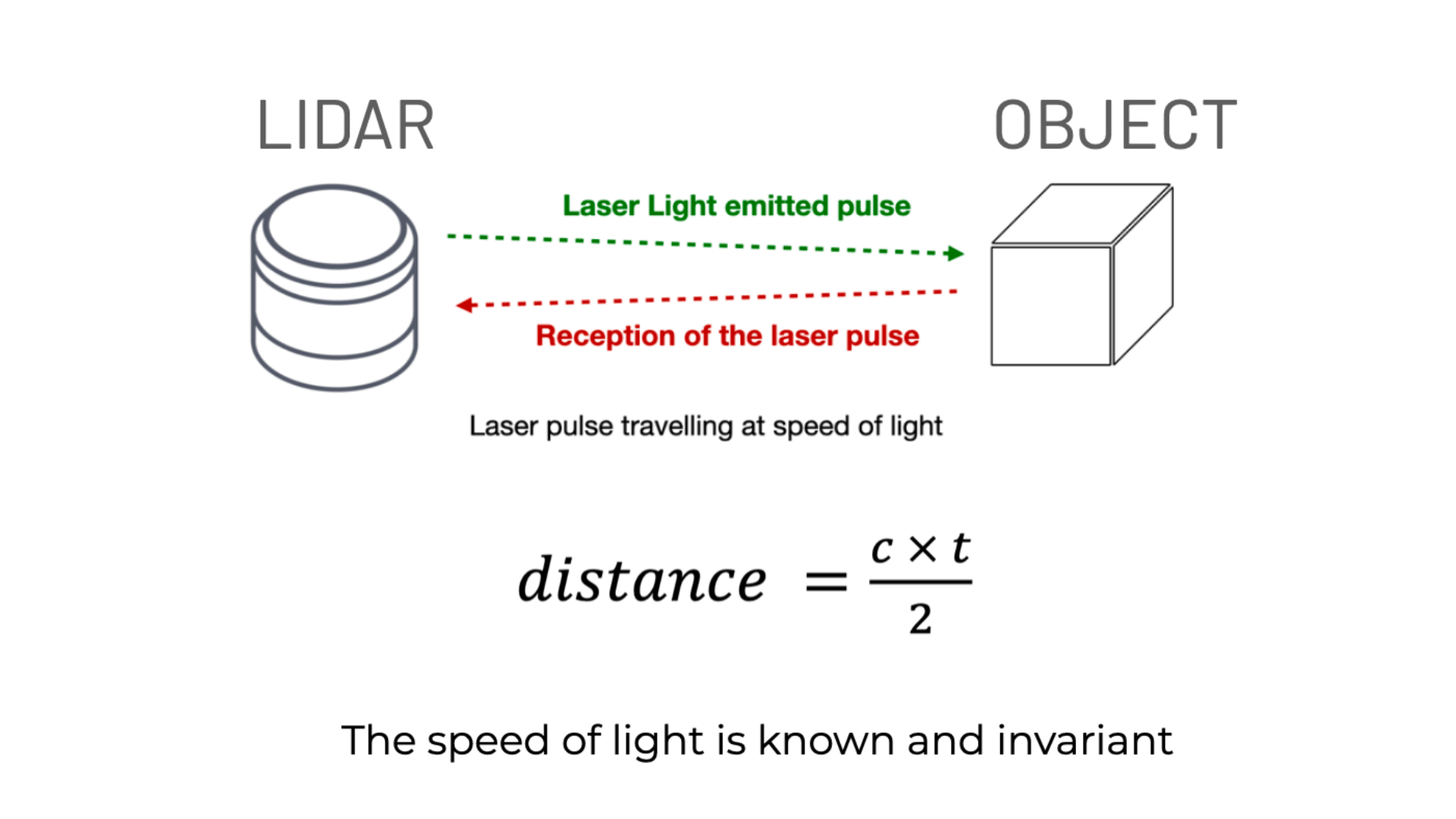

Learn more what is lidar and how Lidar works
Unparalleled Accuracy with LiDAR
LiDAR technology is transforming transportation. Using laser beams to create detailed 3D point clouds of environments, LiDAR provides essential data that other technologies cannot match.
This superior traffic impact analysis tool enables more effective traffic signal optimization, road traffic congestion reduction, and significant decreases in travel times.
Learn more about how LiDAR is transforming ITS:
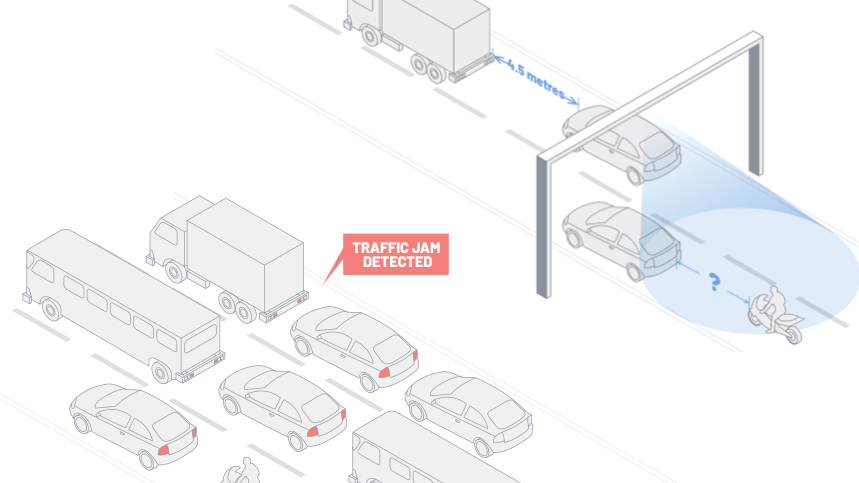
This technology ensures that traffic controllers have a clear, uninterrupted view of all elements on the road, facilitating rapid responses to any issues that arise.
As a result, Outsight's LiDAR software is necessary for reshaping how cities handle their increasing traffic challenges.
Cameras: Supplementary Tools for Traffic Monitoring
Cameras collect visual data on the road to monitor traffic conditions, simplify automatic toll payments, and detect accidents or hazards.

Fog, rain, and snow can obstruct visibility. At the same time, intense glare from the sun or headlights reduces their effectiveness, compromising data quality.
Its light detection method remains effective even when visual cameras fail, as it creates high-resolution, real-time 3D point clouds of the surrounding area regardless of environmental conditions.

In congested conditions, cameras might struggle to capture clear images of all vehicles, leading to potential inaccuracies in toll collection.
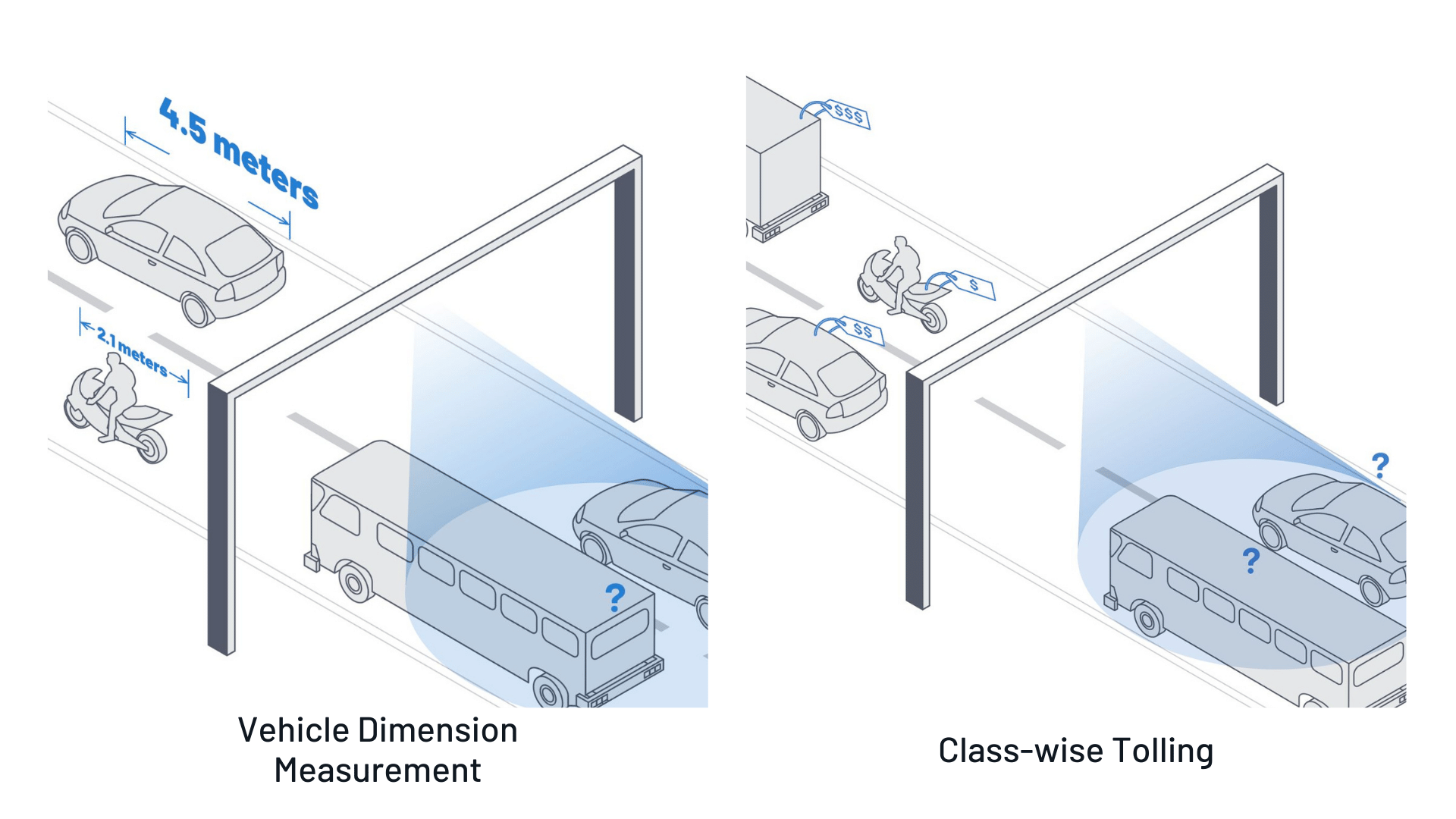
Radar: Monitoring Speed and Safety
Radar technology, which uses radio waves to detect objects and their speed, plays a role in traffic safety systems like collision avoidance and emergency braking.

In heavy rain, snow, or fog, radar's effectiveness can degrade as signals scatter or get absorbed, leading to reduced accuracy in object detection.
Moreover, radar can have difficulty accurately measuring objects' exact position or shape, particularly in cluttered environments, limiting its ability to provide detailed situational awareness.

With the ability to scan the environment with thousands of laser pulses per second, LiDAR can even accurately create the shape and classify the object far better than radar can.
Radar also struggles to detect smaller, less reflective objects on the road, such as pedestrians.
This deficiency compromises traffic safety, as such objects could pose significant hazards if left undetected.
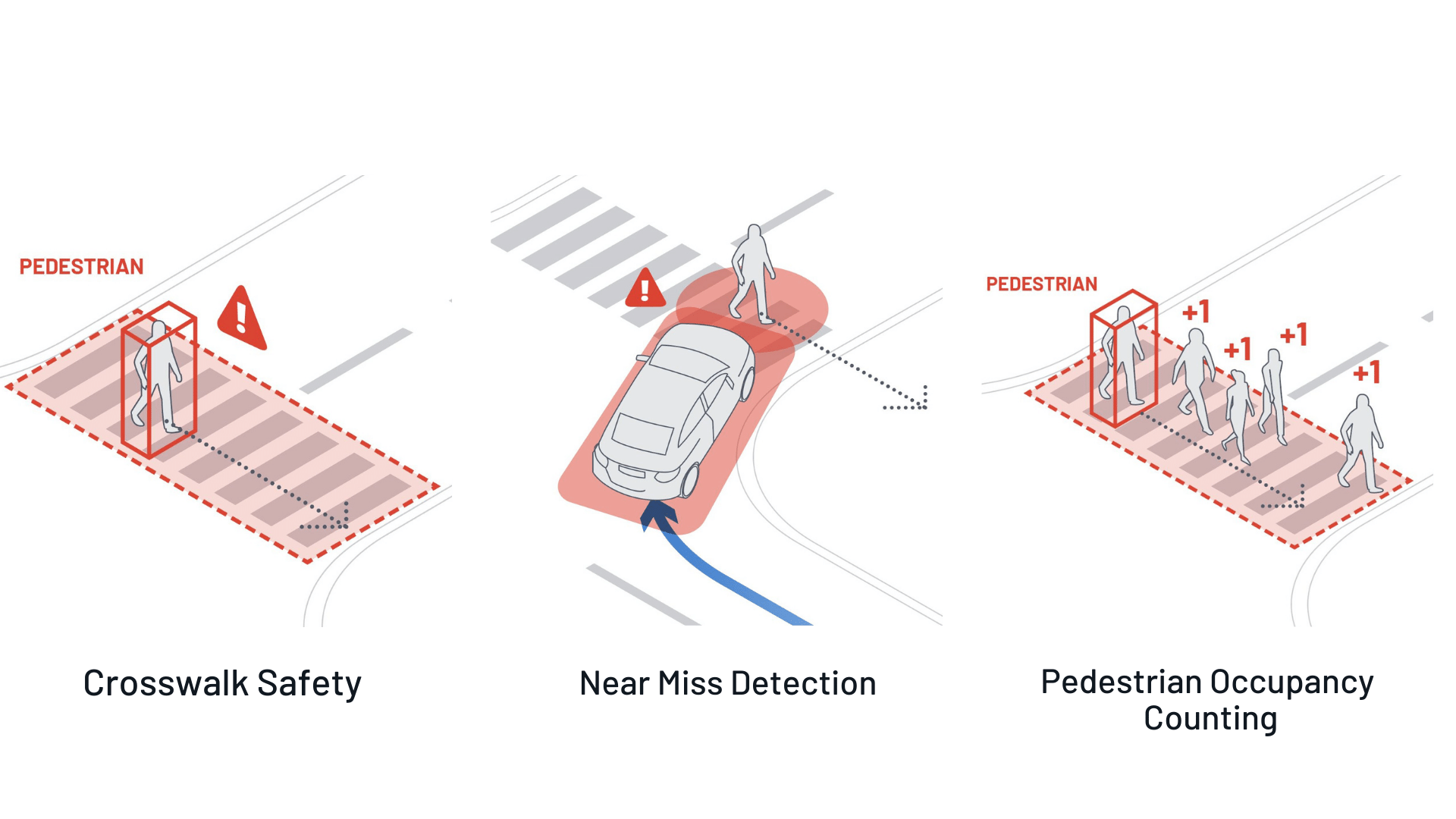
Ensuring smoother traffic flow by reducing pedestrian-related disruptions and providing data for pedestrian infrastructure development.
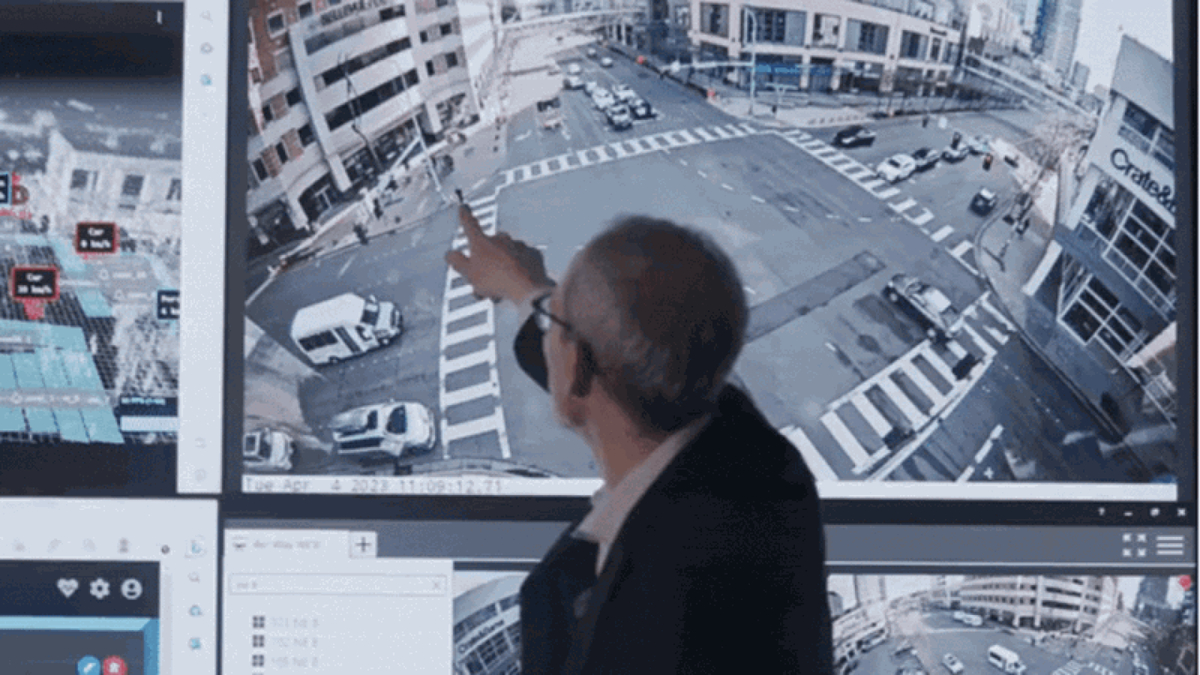
Learn more about how city of Bellevue uses Outsight solutions and LiDAR for Vision Zero
In environments with multiple moving objects, radar can have difficulty distinguishing between them, leading to potential inaccuracies in speed tracking and object identification.

LiDAR technology monitors many different vehicles' speeds and can differentiate between vehicle classes. This data, and other valuable insights, helps identify preventable dangerous situations.
Authorities can mitigate road traffic congestion, improving overall traffic flow, based on reliable high-resolution data that radar can't provide.
The Future of Transportation: LiDAR's Expanding Role
Furthermore, as smart cities look toward integrating ITS with other aspects of urban planning, LiDAR's detailed spatial analysis can guide everything from road maintenance scheduling to optimizing traffic signal timings and intersection design.

Urban planners can proactively design safer and more efficient traffic networks by identifying areas prone to bottlenecks or high pedestrian density.
In Summary: LiDAR as the Keystone of ITS
LiDAR's superior accuracy and reliability in spatial analysis make it indispensable for creating a safer, more efficient transportation network.
With LiDAR technology leading the charge, companies like Outsight are key in driving the future of ITS and the creation of smart roads.




